Figures & data
Figure 1. Photographs of microwave and radiofrequency applicators. (A) Prototype microwave applicators. Microwave antennae are embedded in slit-radiating segments (thick arrows). (B) Two internally cooled bipolar probes T30 (top) and T40 (bottom) with two electrodes (thin arrows) on a single shaft separated by an insulator (arrowhead).
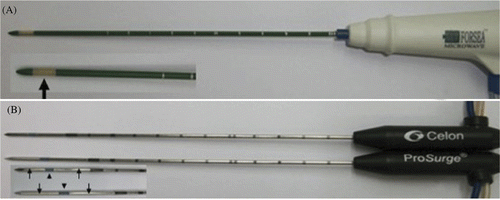
Figure 2. Two bipolar electrodes in multipolar mode showing possible electrode couples and electrical current paths.
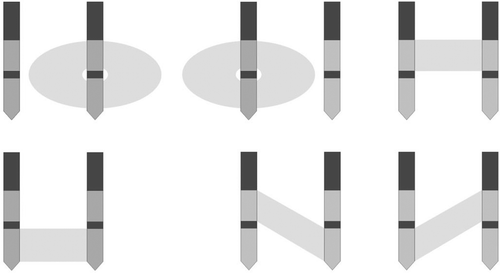
Figure 3. Schematic drawings demonstrating the positions of the temperature sensors. T1, T2, T3 denote the temperature at location t1, t2, t3, respectively. (A) M denotes two microwave antennae, (B) R denotes two RF applicators.
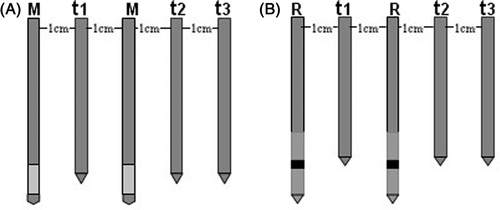
Figure 4. Photograph shows gross specimen of porcine liver tissue treated with MW and RF ablation in ex vivo study, which was produced by using two internally cooled probes with intervals of 2 cm for a duration of 10 min. The charring is arrow-shaped. (A) MW ablation with two probes at 50 W. (B) MW ablation with two probes at 60 W. (C) MW ablation with two probes at 70 W. (D) MW ablation with two probes at 80 W. (E) multipolar RF ablation with two T30 probes and rated power 60 W. (F) multipolar RF ablation with two T40 probes and rated power 80 W.
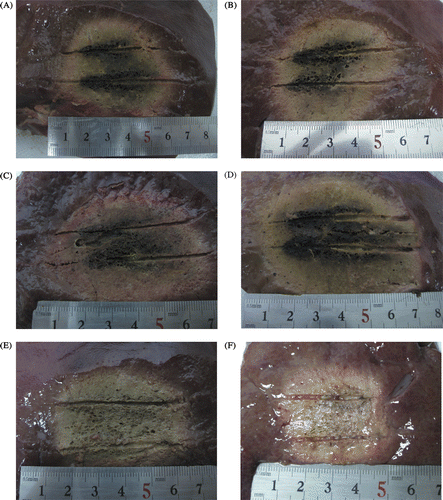
Table I. Technical parameters of microwave ablation and multipolar RF.
Figure 5. Graphs show the different temperature rising curves in all ablation settings. (A) The temperature rising curve t1 of all ablations. (B) The temperature rising curve t2 of all ablations. (C) The temperature rising curve t3 of all ablations.
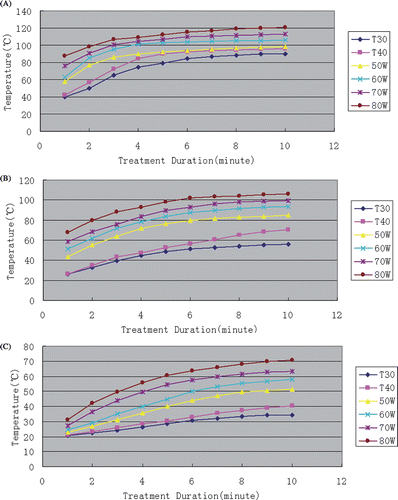
Table II. Coagulation necrosis parameters of the MWA and multipolar RFA.